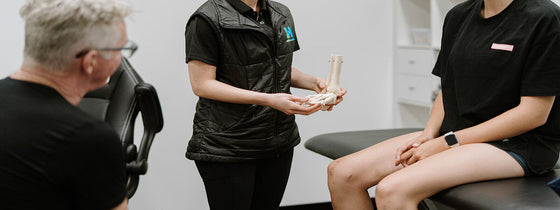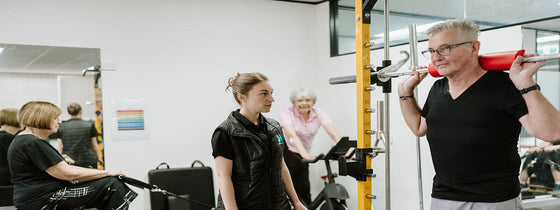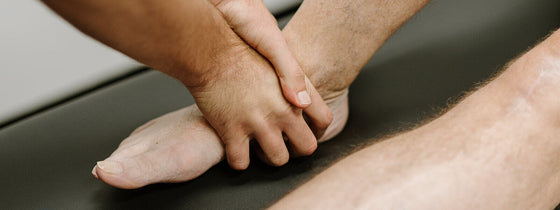Pelvic Organ Prolapse happens when the muscles and tissues supporting the pelvic organs (uterus, bladder or rectum) become weak allowing one or more of the pelvic organs to sit lower or press into the vagina. 1 in 3 women will experience to some some degree after childbirth, so this is probably more common amongst your lady friends than you originally thought. When you consider how much our bodies change and stretch during pregnancy and childbirth it is not surprising this condition can happen! Both vaginal and rectal prolapse can cause a woman much distress and pain… But the good thing to note is it is treatable with Women’s and Pelvic Health Physiotherapy!
What is the cause of prolapse?
Causes or risk factors for prolapse include;
What does a prolapse feel like / how do I know if I have one?
Symptoms of prolapse may include
It is important if you are experiencing any of these symptoms to know that you are not alone, there is help and support available. There is well-documented evidence that a physiotherapist with specialist skills in pelvic health (like myself) can thoroughly assess, diagnose and treat your vaginal or rectal prolapse. Treatment may include pelvic floor muscle strengthening, pessaries and lifestyle changes (like building specific exercise programs for you)… But, ultimately, my simply message to the women reading please reach out and book a Women’s and Pelvic Health Physiotherapy consultation with myself if you have 1) recently given birth, 2) have any of the above risk factors, 3) are noticing any of the above symptoms OR 4) something doesn’t feel right down there.
You can book this specialist consultation via our online portal, calling us on 9431 5955 and/or please leave your number with our friendly reception team and I’ll call you back. Stay well ladies!

If you're experiencing back or neck pain with neurological signs and symptoms, a thorough neurological examination is crucial for accurate assessment and effective treatment. In this Optimal Tip learn more about what we mean by completing a neurological exam!

Squats, deadlifts, and calf raises are key movement patterns that should be part of every strength and conditioning program—regardless of age and activity level. These functional movements support joint health, improve posture and balance, and reduce the risk of injury while building strength where it matters most.

A ganglion cyst is a fluid-filled swelling that typically forms over a joint or tendon sheath, causing discomfort and pain, especially when pressing against nerves or joints. Proper assessment and treatment, including physiotherapy, are essential for managing symptoms and improving function in the presence of a ganglion in your hand, foot, or wrist.